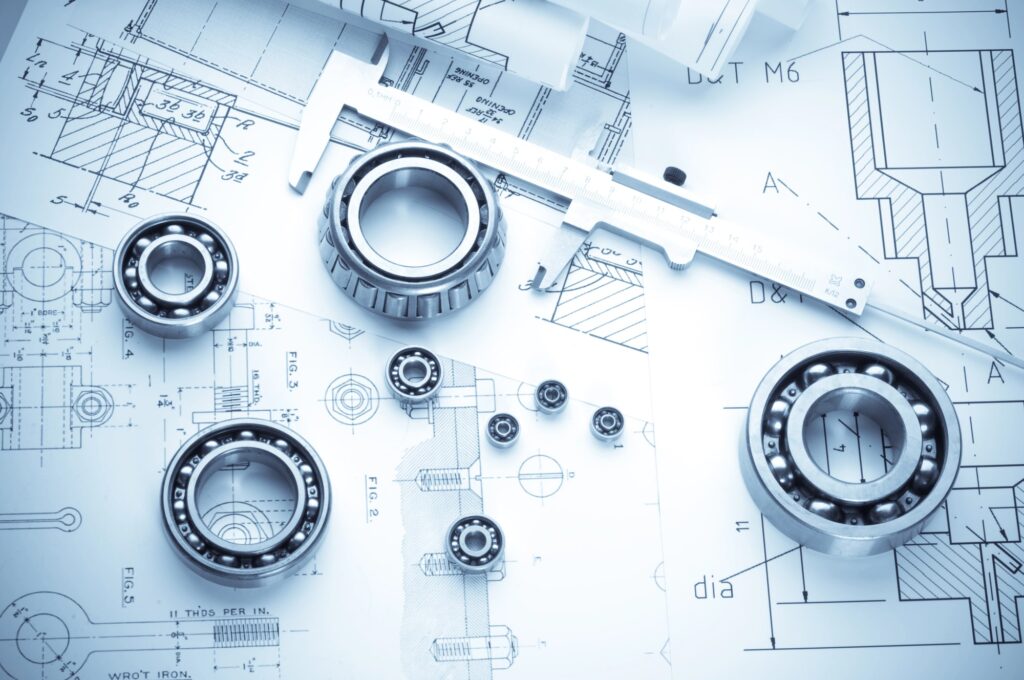This post reviews the newly unveiled Studio Museum in Harlem by Adjaye Associates. It summarizes its architectural form, materials, interior program, and community significance ahead of the museum’s public opening on November 15.
The article highlights design decisions, such as the stacked precast volumes and the brass entry. It explains how the building engages Harlem’s streetscape and places the project in the institution’s historical context.
Design and urban context
The seven-storey building occupies a prominent location on Dr. Martin Luther King Jr. Boulevard. It replaces the former bank building that housed the museum since 1982.
The project was announced in 2015 and broke ground in 2018. It was completed before publicized allegations about the lead architect in 2023, which he denies.
The new design is a contemporary interpretation of Harlem’s masonry traditions. It draws inspiration from local brownstones and church facades.
From the street, the building has a civic presence. A dark-grey, textured precast concrete skin forms stacked volumes that step and recess, creating a sculptural yet contextual look.
Book Your Dream Vacation Today
Flights | Hotels | Vacation Rentals | Rental Cars | Experiences
Material response and façade strategy
Precast concrete is used as a tactile cousin to surrounding masonry. The facade features ribbon windows and illuminated niches designed to showcase sculpture.
These niches produce a night-time glow that animates the boulevard. They act as framed displays, integrating gallery presence into the public realm and reinforcing the museum’s role as a visible cultural anchor.
Spatial organization and visitor experience
Circulation and program support both exhibitions and community use. Entry is through a striking brass doorway that leads to a lobby aligned with a broad, descending “reverse stoop” stair.
This stair is a contemporary reinterpretation of Harlem’s stoop cultures. It guides visitors toward the lower-level café and performance hall.
The main vertical spine is a central terrazzo staircase. It connects lower programmatic elements to galleries along interleaved mezzanines.
Upper floors provide meeting rooms and a rooftop terrace. These offer flexible spaces for events and neighborhood engagement.
Interior finishes and crafted details
Interiors use durable, warm materials: wood, terrazzo, and gypsum surfaces are balanced to provide quiet backdrops for art. These finishes deliver long-term resilience.
The museum features furnishings by Black designers Ini Archibong and Stephen Burks. This reinforces a commitment to artists and designers of African descent.
Key architectural and program highlights include:
Legacy, programming and community impact
The opening exhibitions will showcase works from the museum’s permanent collection and pieces by alumni of its artist residency. Archival materials and works related to Tom Lloyd, who inaugurated the museum’s first show in 1968, will also be featured.
Founded in the 1960s to champion artists of African descent, the Studio Museum’s expansion is more than a new building. It is an investment in cultural infrastructure for Harlem.
From an architectural and engineering perspective, the project balances permanence and civic openness. The precast structure offers durability and low maintenance.
The facade’s display strategy engages passersby and activates the streetscape. Flexible performance and community spaces highlight a clear program—art production, exhibition, and public life woven into a single building.
Here is the source article for this story: Adjaye Associates completes the Studio Museum “in dialogue” with Harlem
Book Your Dream Vacation Today
Flights | Hotels | Vacation Rentals | Rental Cars | Experiences

